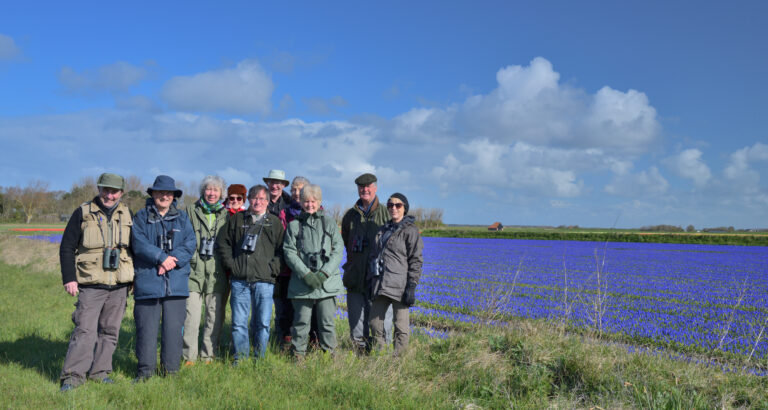
Our exploration of bird-rich Texel begins on the east coast at the De Bol reserve, with an Egyptian Goose clinging to the top of the windmill, despite the blustery wind! Other early birds here include Eiders, Little Egrets and Spoonbills, all hunkering down from the keen wind, while male and female Marsh Harriers float across the adjacent meadows, grazed by hundreds of Greylag, Barnacle and dark-bellied Brent Geese. Continuing south, alongside the coastal dyke, grazed by stocky Texel sheep, a string of shallow lagoons teems with birds including Oystercatcher, Curlew, Avocet, Dunlin, Redshank, Black and Bar-tailed Godwits, many in rusty red breeding plumage, and Common Tern. Amongst the throng we also find Little Ringed Plover, Common Sandpiper, a drake Pintail and two Spotted Redshanks, plus a couple of Purple Sandpipers hiding amongst a group of sleeping Turnstones. There seem to be birds everywhere!
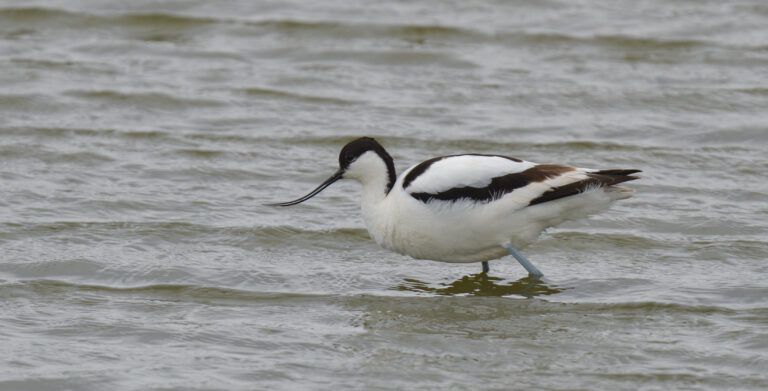
By late morning, the arrival of drizzle, combined with news of a trio of Glossy Ibises “foraging” alongside Pijpersdijk, forces a change of plan, so we decide to head to the nearby Pijpersdijk and then the Vogel Informatie Centrum, via the Waal en Burg wetlands where we enjoy very close roadside views of Spoonbills and Brown Hares. Sure enough, beside Pijpersdijk, there are the three Glossy Ibises, exactly where reported about half an hour earlier, probing a small roped off plot of brighter green mown grass as if in a zoological exhibit! With the sudden appearance of blue sky and sunshine, the iridescent green and maroon ibises look dazzling.
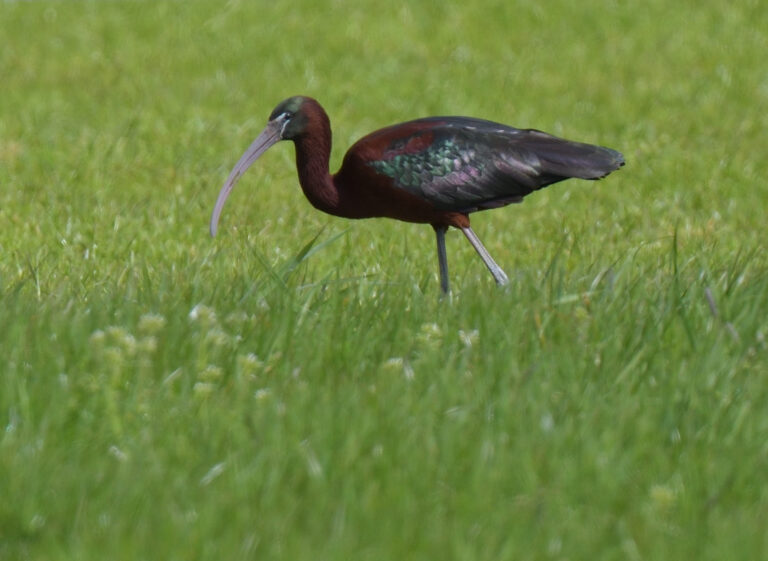
After a short drive to the visitor centre, we discover it’s closed on Mondays, so plan B becomes plan C; a drive into nearby De Koog to buy lunch provisions from Lidl. After a picnic in the shelter of nearby pine woods we head north, on the trail of a recently reported Hoopoe, but arrive about an hour too late, partly due to a road closure with a misleading sign redirecting us into the maze of a holiday village! With no Hoopoe in sight, a scan of the shoreline from the ‘Hoopoe site’ reveals thousands of waders feeding on the receding tide. Moving on, we scan the fields favoured by hundreds of dark-bellied Brents, but there is no sign of the long staying Black Brant or pale-bellied Brent, although we do find several smart blue-headed Yellow Wagtails. It’s now just after 4.30pm and a last check of the rarity reports produces news of the reappearance of the Red-necked Phalarope, just ten minutes earlier, back at the site we left this morning due to the drizzle. Without a second thought, everyone valiantly volunteers to go for the phalarope and along the way a last scan of the Brents produces a single Whimbrel. Arriving back at Dijkmanshuizen, the presence of other birders is often a good sign and within minutes we have the dainty little Arctic-breeding phalarope, still in silvery winter plumage, in our scopes, swimming on the wind ruffled lagoon. Hooray, two successful ‘twitches’ in one day, amongst a tally of 64 different birds seen today.
8.43am, Ross’s Gull on Texel, all the way from Arctic Canada! Soon after breakfast, at 9am, we make an obvious bee line for the reported location, arriving at 9.30am, only to find a group of glum-looking birders and a couple of Stock Doves in the staked out field. After this brief diversion, we resume ‘Operation Bluethroat’ and continue to the very south of the island in search of this popular, highly sought target bird. Judging by the wallpaper in the hotel dining room, plastered with Bluethroats, it should be easy enough to find. It’s also on all the room key cards, and I even wake up to a three foot high cardboard cutout of a Bluethroat every morning, stuck to the wall of my room; enough to give any bird guide nightmares! Meanwhile, after a quick photo-opportunity provided by a roadside field planted with rows of flowering bulbs, and a roadside stop at De Petten to admire a roosting flock of Bar-tailed Godwits, many sporting rich rusty breeding plumage, we arrive at Hors Polder where the lake is surrounded by prime Bluethroat habitat; impenetrable boggy thickets, alive with singing Willow Warblers and the occasional Lesser Whitethroat and Linnet, but not a sniff of a Bluethroat! Oh dear, this could be a challenge and a potential disaster. Undaunted, we press on along the path beside the dense willow scrub, in self-imposed desperation to see our blessed target. Time to employ modern technology, and after a few nervous minutes a Bluethroat appears briefly on top of a nearby bush, but only offering a rear view, which is almost worse than not seeing it at all! We move a short way deeper into the bog, hoping for a better view and remarkably see a female skulking low in a bush just a few yards in front of us, whereupon a male magically appears on an open branch and begins to sing in full view, not fifteen yards away from the whole group which is watching spell bound. This fabulous view trumps yesterday’s Glossy Ibises and we celebrate with high fives!
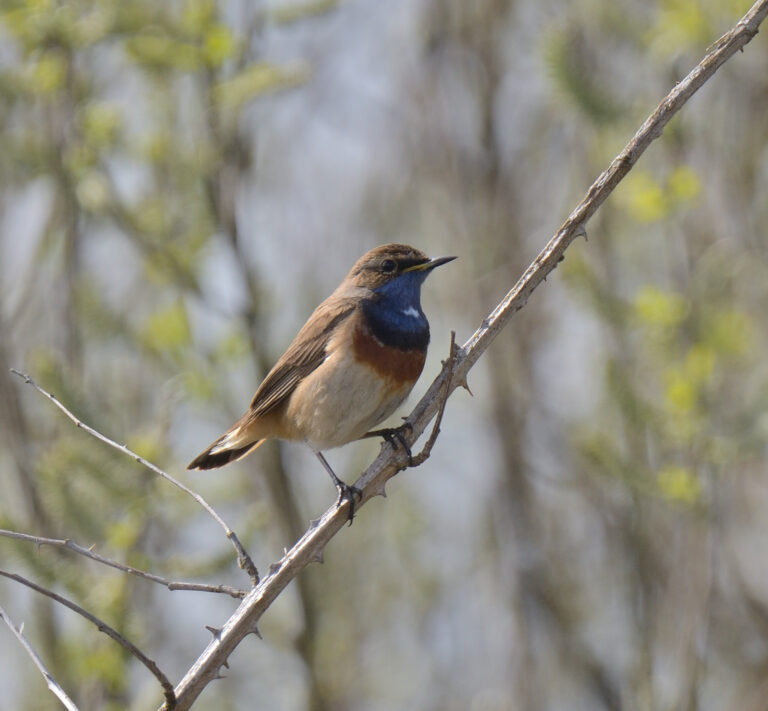
After elevenses on a grassy bank in the now warm sunshine, we continue the circuit and a lucky few in the group also see a very secretive but vocal Nightingale. Back at the van it’s time for a late lunch overlooking Mokbaai, where the many waders include Grey Plovers in smart black and silver breeding plumage.
This afternoon we explore yet another of the habitats on this surprisingly varied island; heathland, dotted with pools and waterlogged areas in the Bollekamer reserve. As well as male and female Marsh Harriers, in the same view as a white-rumped hen Hen Harrier, we also add male Stonechat and a Great White Egret to the growing bird list. This still leaves time for a scenic drive back to the hotel via the De Waal reserve where the wetlands provide great views of Skylark, Spotted Redshanks in charcoal grey breeding plumage and a fantastic show by numerous male Ruff with bright orange bills and legs and sprouting a colourful variety of breeding plumes ranging from black, through bottle green to rufous, ginger and white, while sparring energetically with one another.
With no useful news of any unusual sightings on the island this morning, we set off west to the De Slufter viewpoint, passing a multicoloured tapestry of flowering bulbs along the way. Once at the viewpoint, with the sun behind us, we enjoy good views of many of the ‘usual suspects’ like Shelduck, Eider, Pintail, Spoonbill, plenty of Dunlin and Redshank, along with Avocet, Bar-tailed Godwit, Spotted Redshank, Curlew, Ruff and another Whimbrel, plus Ringed Plover and Greenshank which are both new for the trip.
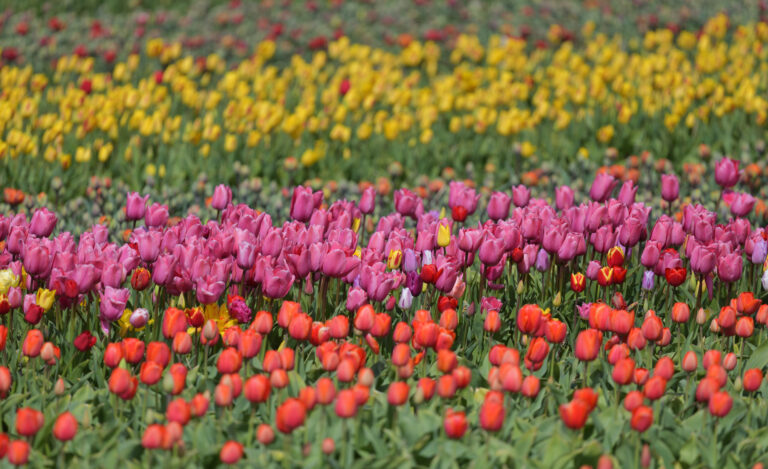
Moving on down the breezy west coast, a walk to the highest point of the island in the dunes at De Muy produces remarkable views of first a Nightingale, and then a Lesser Whitethroat, instantly followed by a Grasshopper Warbler, all singing from open perches, close to the path, within about 200 yards of each other! Amazing. Further on, our luck continues as we stumble upon a male Bluethroat singing in plain sight at barely ten yards range, even surpassing yesterday’s fantastic view! Along the way we also watch male and female Marsh Harriers flying together and spot a female Kestrel lying in an open-fronted nest box high on a barn wall, as if incubating her clutch of eggs.
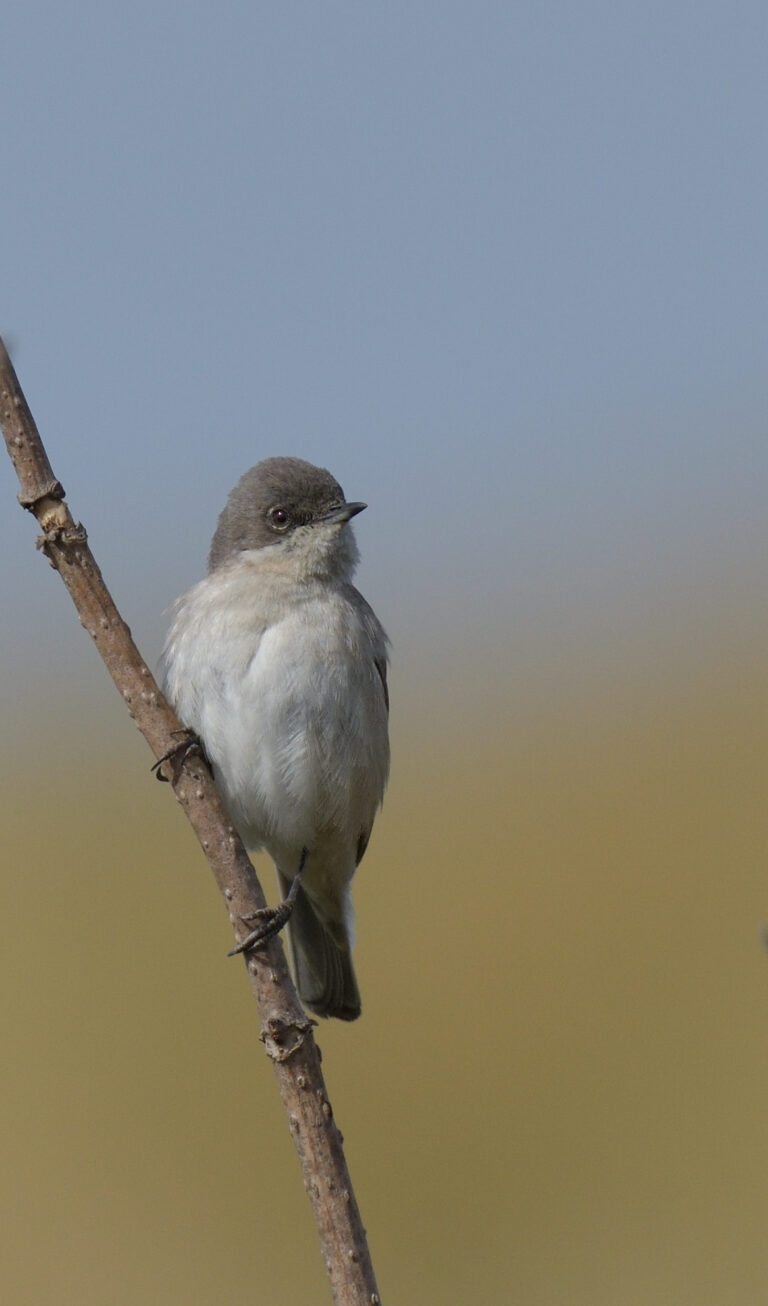
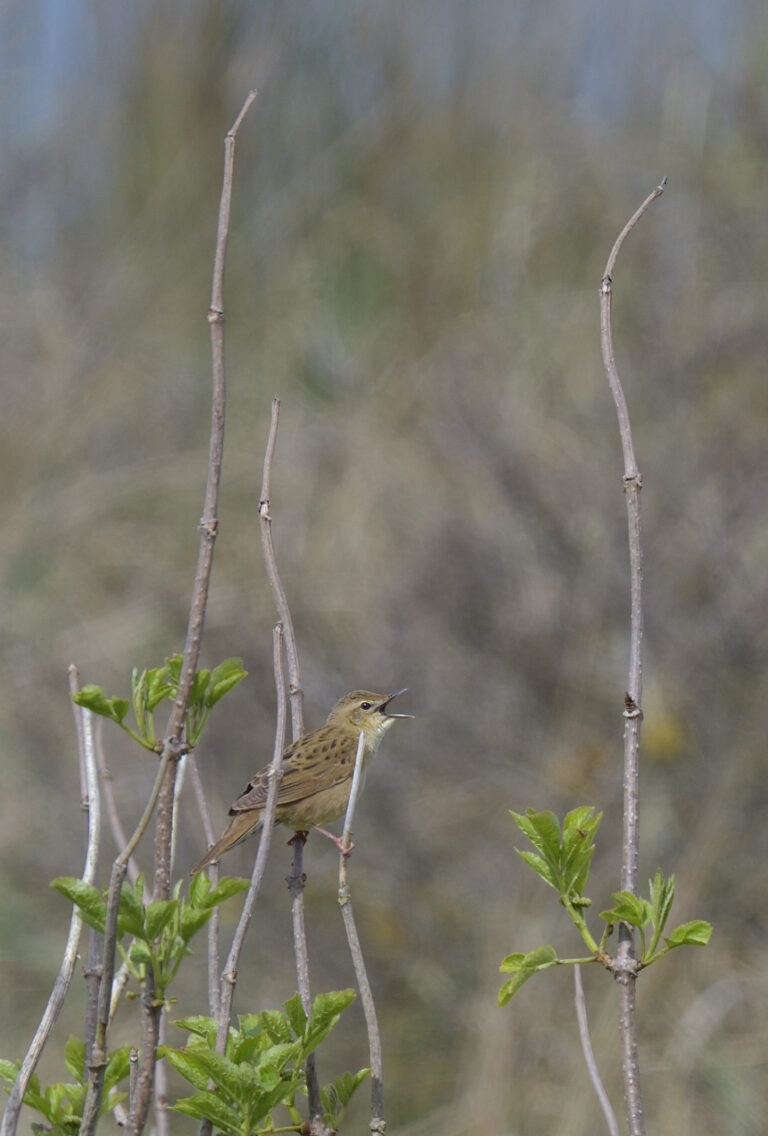
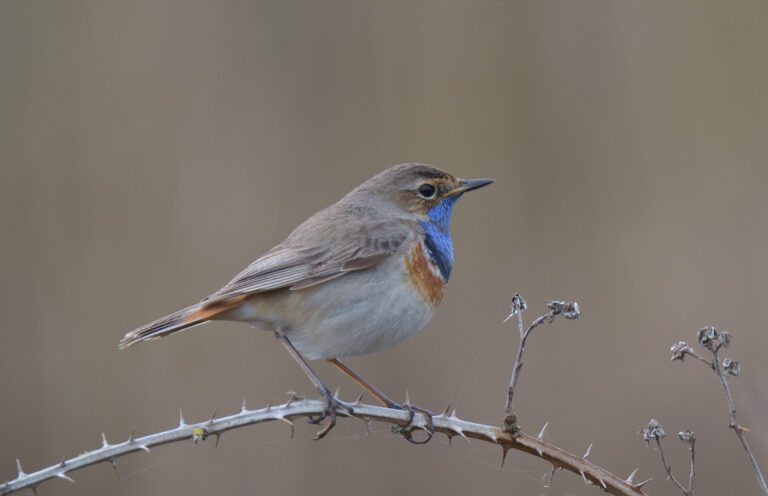
This afternoon we visit the nearby nature centre for afternoon tea and a stroll around the nature trail, enjoying views of White and Yellow Wagtails, another Spoonbill, plenty of low flying Sand Martins, our first Swift of the year and waders like Little Ringed Plover, Redshank, Greenshank, Common Sandpiper, and Wood Sandpiper which is new for the trip. We end a lovely sunny day wandering through yet another landscape on this surprisingly varied island. This time it’s the mature De Dennen woods, where the spring flowers include Bluebells, Marsh Marigolds and purple and white Snake’s Head Fritillaries, while new birds include Great Spotted Woodpecker, Robin, Jay, Chiffchaff and best of all, our main target, the Short-toed Treecreeper with a buffy belly, rather than the Persil white underparts of ‘our’ Treecreeper.
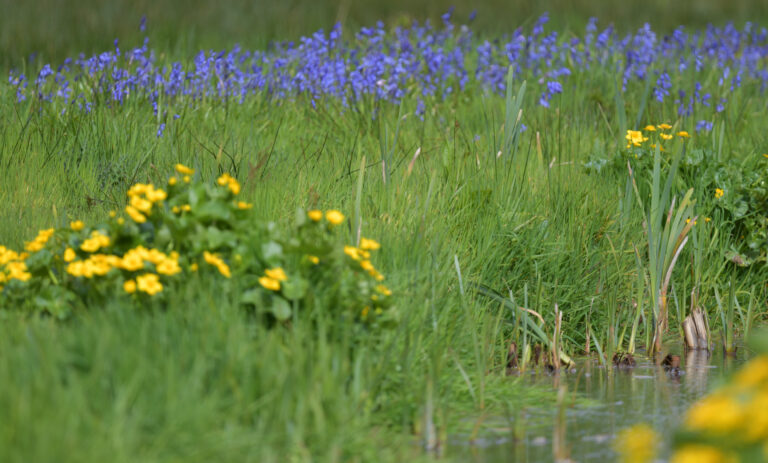
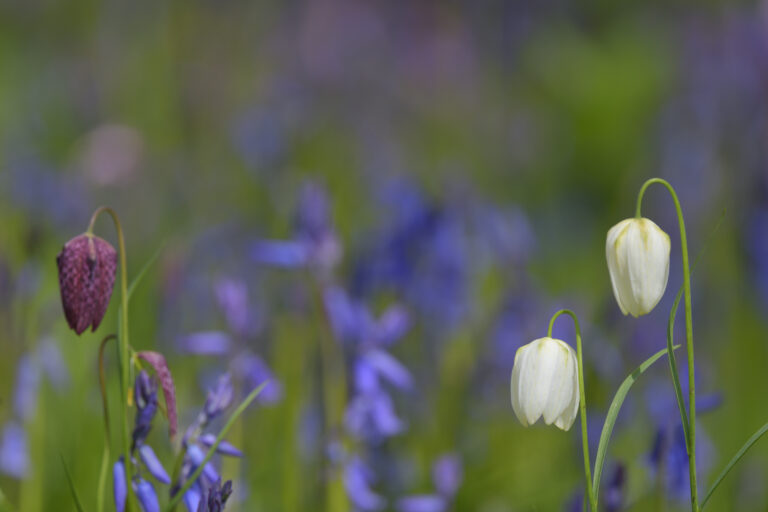
It’s our last day on Texel and we begin a sunny morning with a stroll to the adjacent Utopia reserve, teeming with waterbirds as usual, although a Snipe is the only new bird for the trip. As a treat for good behaviour, we return to the hotel for morning coffee and while sitting in the garden, a line of ten Glossy Ibis flies over, while Paul tries to get us on a Greenfinch! Duly refreshed, we drive a short way to investigate news of a recently reported Cattle Egret. On arrival, we find the cattle, but not the egret, so we head south for a last look at the De Petten lagoon along with a picnic lunch. Back at the ferry terminal, while waiting for the next sailing, a pair of Red-breasted Mergansers just offshore brings the trip tally to a creditable 99 different birds in just three and a half days.

